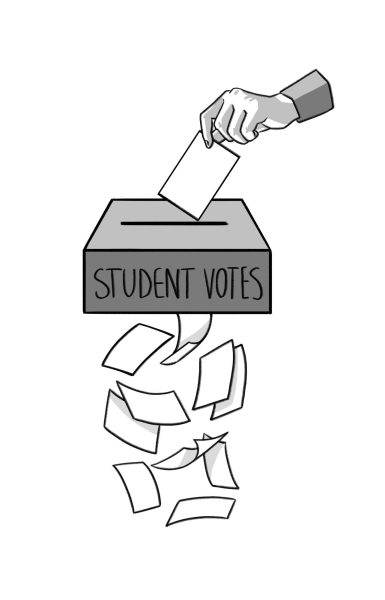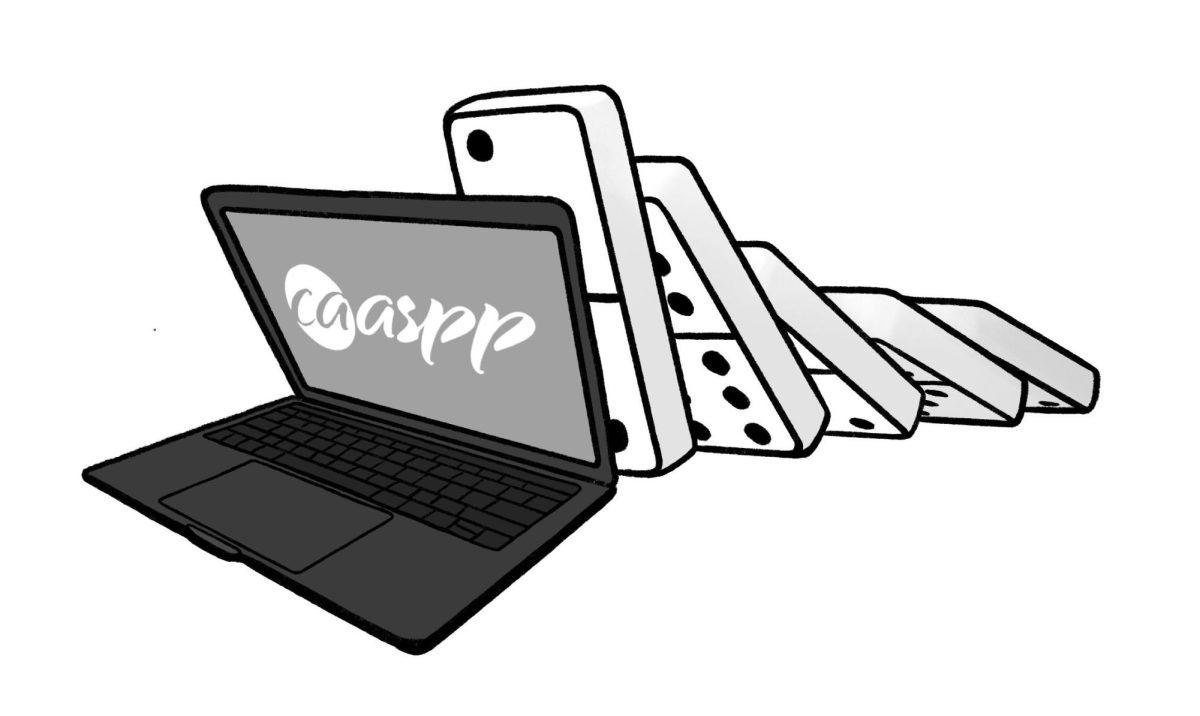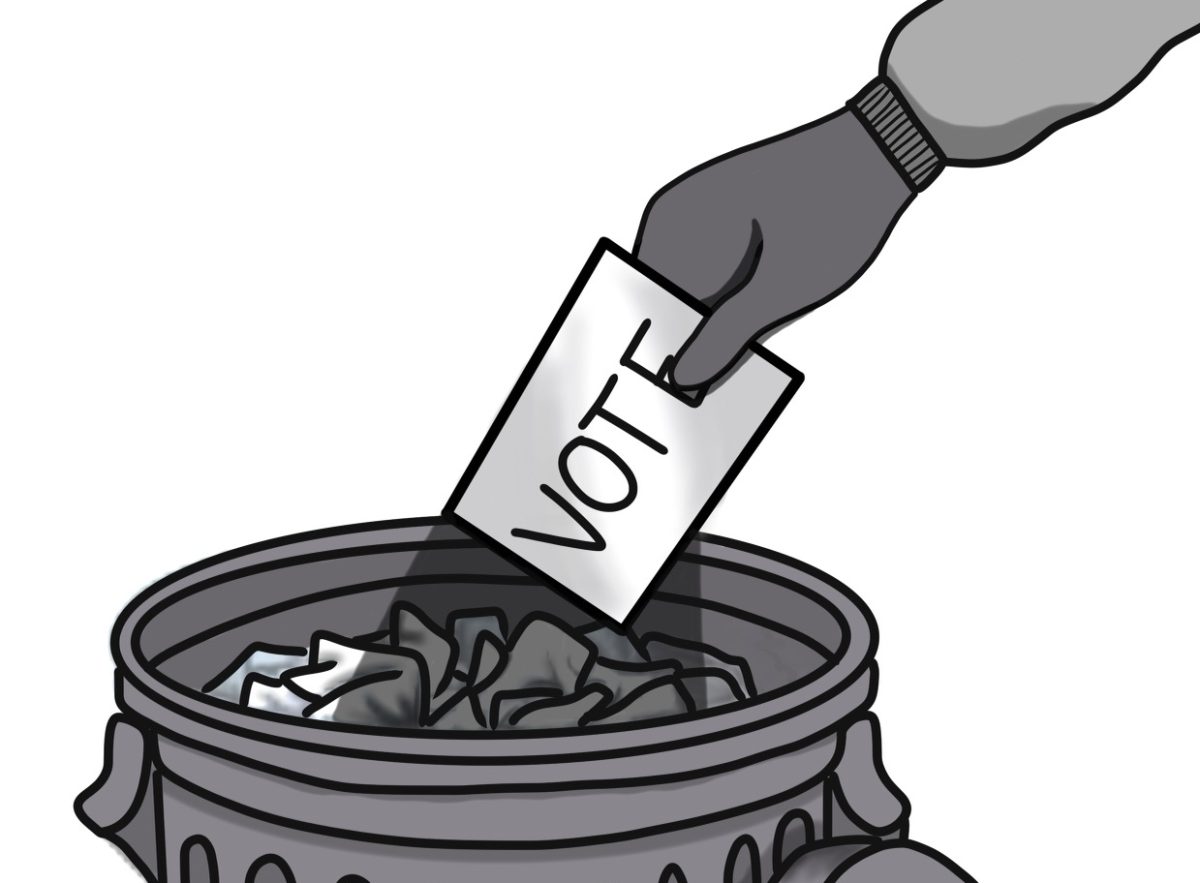Accompanying the start of this school year were several changes to the functions and rules of Redwood: a new bell schedule, the removal of the vending machines and the implementation of stricter bathroom and phone policies, which all prompted conversation among the student body. It seems these decisions were conducted without any meaningful student input. We believe that student consultation is necessary for future changes that significantly affect the student body.
At face value, Redwood seems alive with student participation; last year alone, 75 clubs were operating, with other programs promoting student engagement, including Leadership and the Journalism Program, growing significantly. Yet, according to Redwood’s annual YouthTruth surveys, only 54 percent of students in 2021 felt “like a part of [Redwood’s] community.” This number is influenced by numerous factors, including the absence of student voice in decision-making.
The lack of transparency between the district, administration, teachers and students has resulted in a variety of misunderstandings that must be addressed. Information on upcoming decisions is often inaccessible to students.
There will always be decisions that must take place outside the scope of student input, but when input isn’t an option, students deserve to be informed of decisions that directly affect them in a uniform, consistent way. Perhaps the disconnect between students and decision makers is a result of differences in preferred methods of communication. Communication currently comes in the form of emails, board minutes, texts and phone messages, leaving the community harried, overwhelmed and confused.

The Tamalpais Union High School District (TUHSD) Board and the Tamalpais Federation of Teachers, the district’s teacher union, did not consider the opinions of the students when deciding the new bell schedule. In fact, the September Bark survey found that 60 percent of students preferred the old schedule, with only 12 percent preferring the new one. We recognize that the decision to change the schedule has traditionally been made by the teacher union. However, it seems only logical that students, who make up the vast majority of the Redwood population, should be consulted on the most important changes to everyday life at our school.
District leadership should provide true forums that allow proactive students to take action. Although Leadership and the Associated Student Body (ASB) are advertised as the primary forums to discuss changes made to school policies, their constrained roles in making important decisions are frustrating for students who desire greater involvement in crucial decisions. Despite Leadership’s numerous responsibilities, their members have limited time to discuss critical topics that cause the most controversy amongst the student body.
In the case of the Youth Advisory Task Force (YATF), which is open to all students who wish to apply, student involvement has proven effective in securing change at Redwood. The district’s anti-racism policy was reviewed by the YATF in conjunction with the district’s Racial Justice Task Force. Student members advocated for the policy in the face of TUHSD board hesitancy until its successful district-wide passage in the spring of 2022. Such a model created a successful method for student feedback and should be applied elsewhere to democratize discussions around Redwood’s most controversial policies.
We suggest that Redwood and the district take the following recommendations into account:
- We advocate that Redwood creates a centralized page on the official website devoted to informing students on policy updates to address the issue of a lack of communication between the district and students. Even if attempts at communication are ultimately ignored, it is still crucial that students are provided with the opportunity to be informed as to the changes that directly affect them.
- We believe it is necessary to establish the position of student representative to the Tamalpais Federation of Teachers, given the significant power the union holds over student life. Already, student representatives sit on the board and site council. We believe that establishing this position would benefit both teachers and students, by encouraging more informed decision-making that will lead to an improved learning environment.
- We acknowledge the opportunity that Leadership and ASB offer students for those who want to be more engaged in the planning of events and activities at Redwood. However, for the topics of conversation that are more controversial and directly impact student life, a different forum, potentially led by Leadership students and modeled on the YATF, should be created to address these topics.
- We also recognize that as Redwood students, we come from a place of privilege and that we are given more outlets to share our voices than many other high schools. The entirety of these issues cannot be blamed solely on one specific party, so we call upon students to better advocate for the matters that concern them as well. Rather than simply arguing against the policy changes made by the administration, students must take action within the structures provided to advocate for change.
The unpopularity of these recent changes reflects an important fact: students do care about school-related decisions. Sentiments against these changes should serve as a catalyst for change in the relationship between students, the administration and the board — and should be directed towards improved methods of communication and student engagement.
























